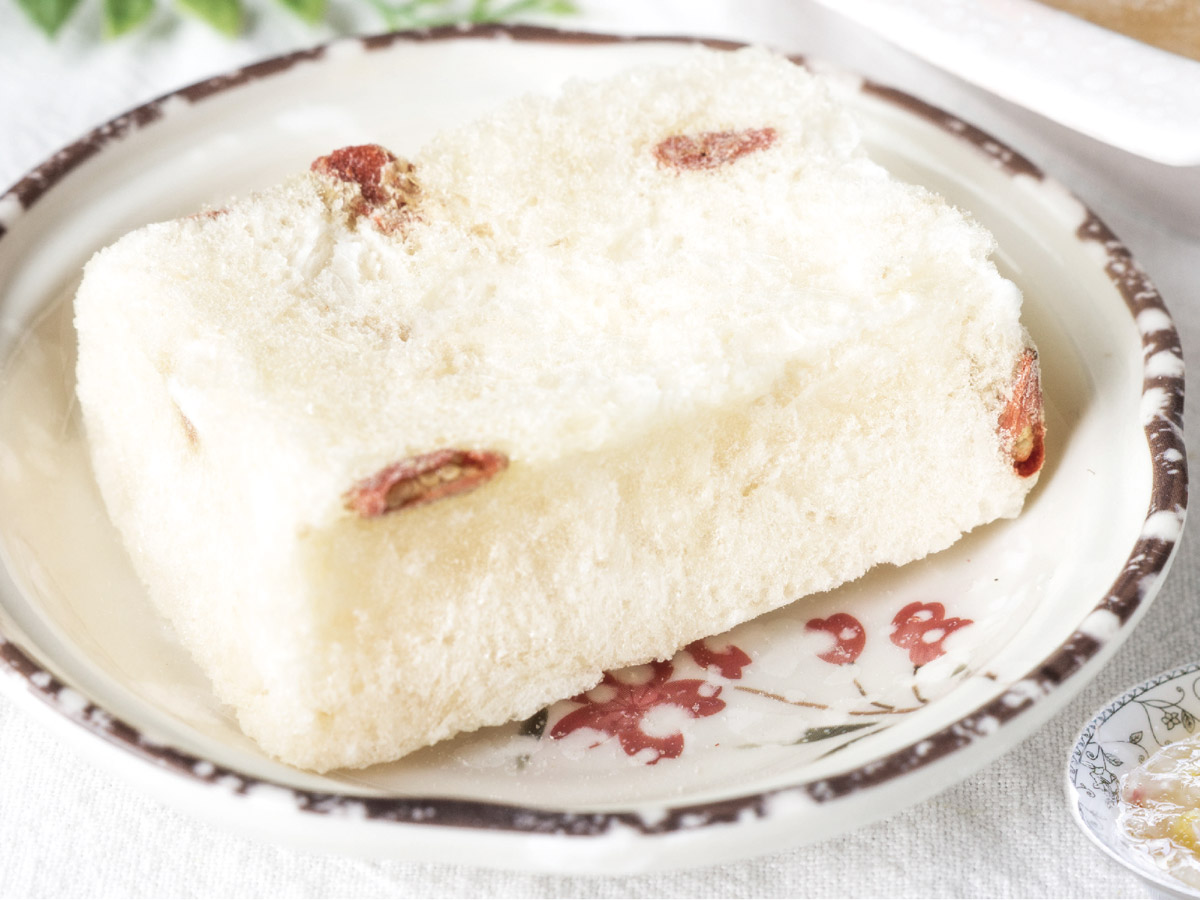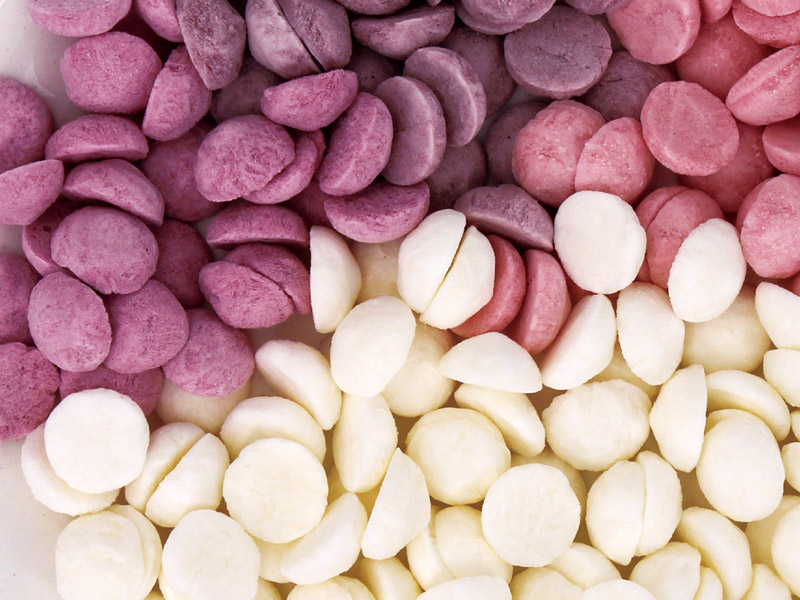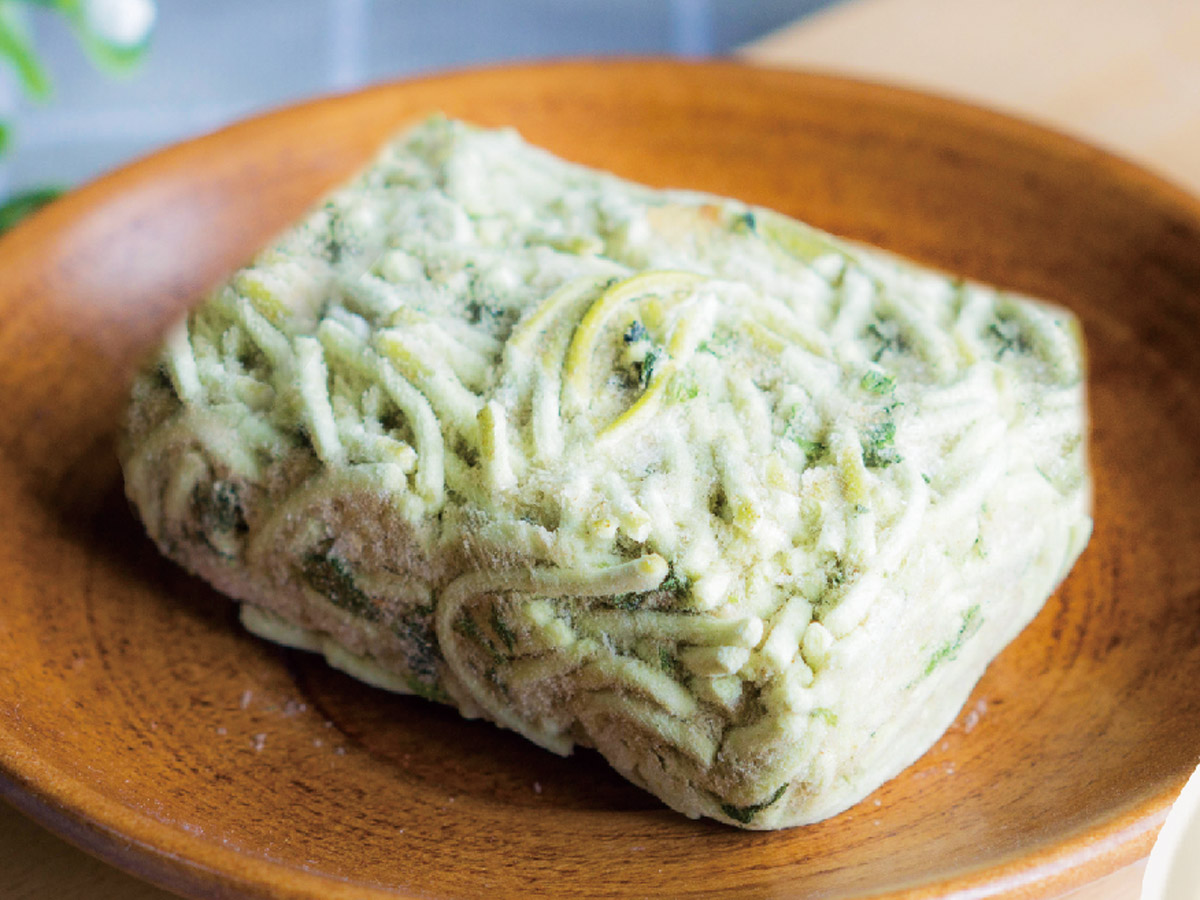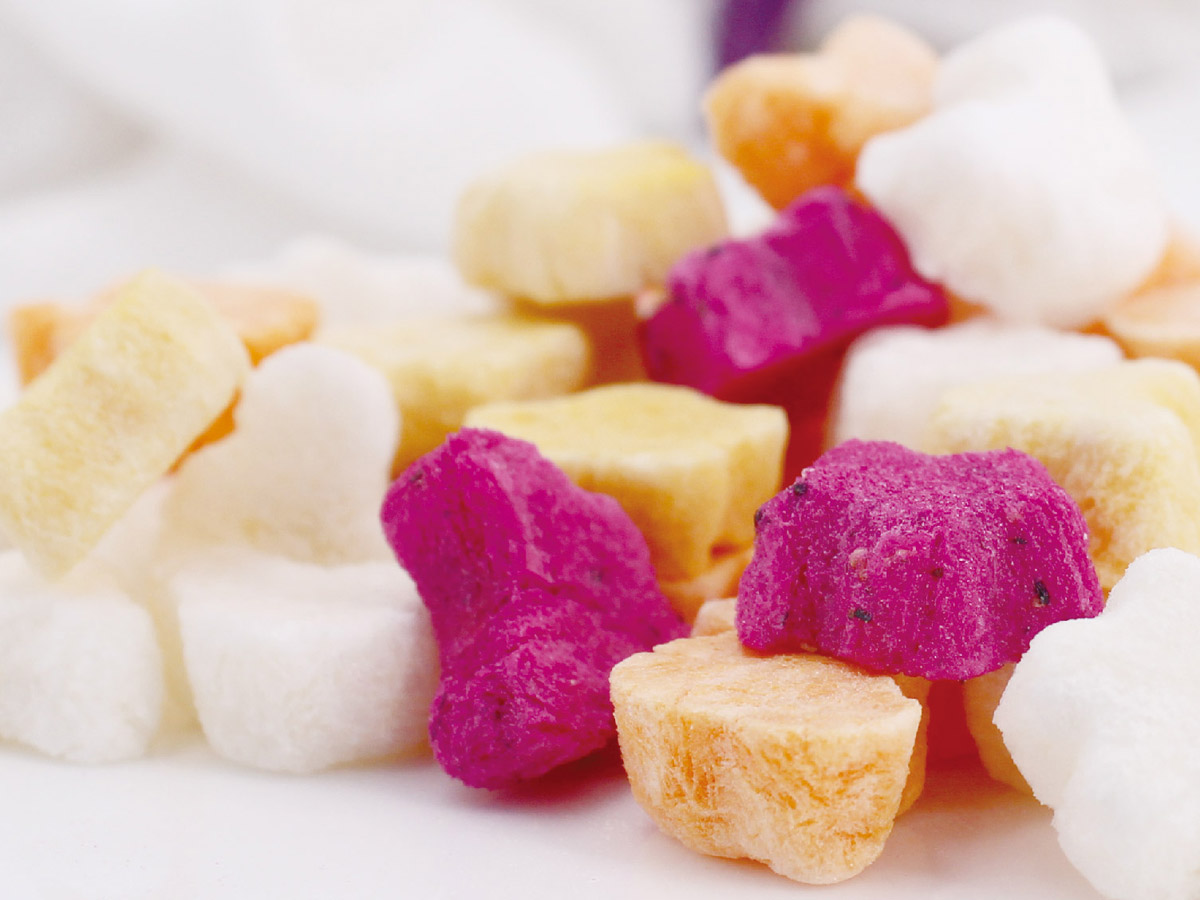Category
▼
What is Xinxing Food freeze-dried noodles?
2021-03-12
Previous page
1
Next page

Copyright: FUJIAN Meiyi Foods Co., Ltd 闽ICP备15011845号














 0596-3218566
0596-3218566

 Messages
Messages  Skype
Skype